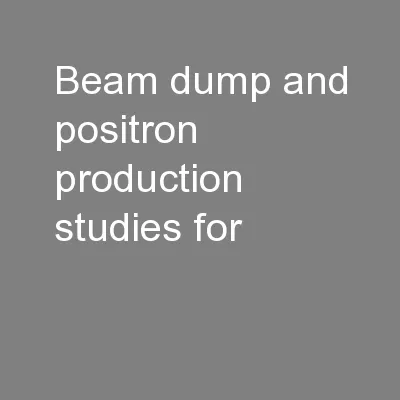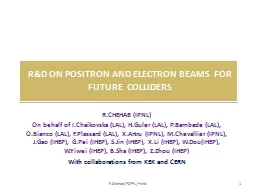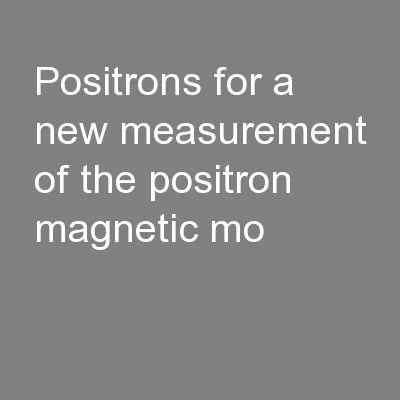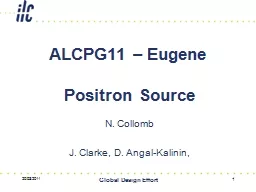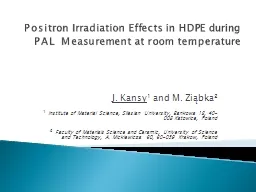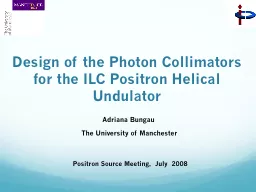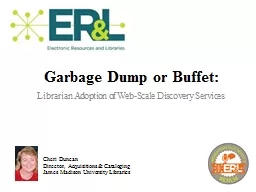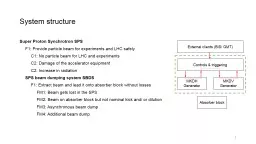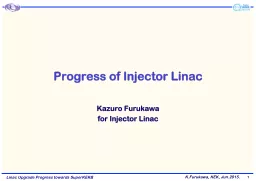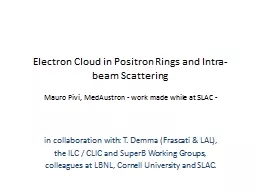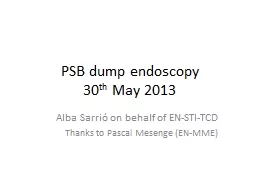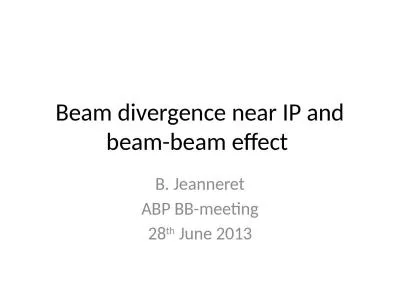PPT-Beam dump and positron production studies for
Author : pasty-toler | Published Date : 2016-03-02
CEPC and past CLIC studies Armen Apyan Northwestern University Evanston IL US 26052014 FCCee Accelerator meeting 6 1 Outline Polarized Positron Production Methods
Presentation Embed Code
Download Presentation
Download Presentation The PPT/PDF document "Beam dump and positron production studie..." is the property of its rightful owner. Permission is granted to download and print the materials on this website for personal, non-commercial use only, and to display it on your personal computer provided you do not modify the materials and that you retain all copyright notices contained in the materials. By downloading content from our website, you accept the terms of this agreement.
Beam dump and positron production studies for: Transcript
Download Rules Of Document
"Beam dump and positron production studies for"The content belongs to its owner. You may download and print it for personal use, without modification, and keep all copyright notices. By downloading, you agree to these terms.
Related Documents

